Introducing Jorge Madrid Paredes DC13
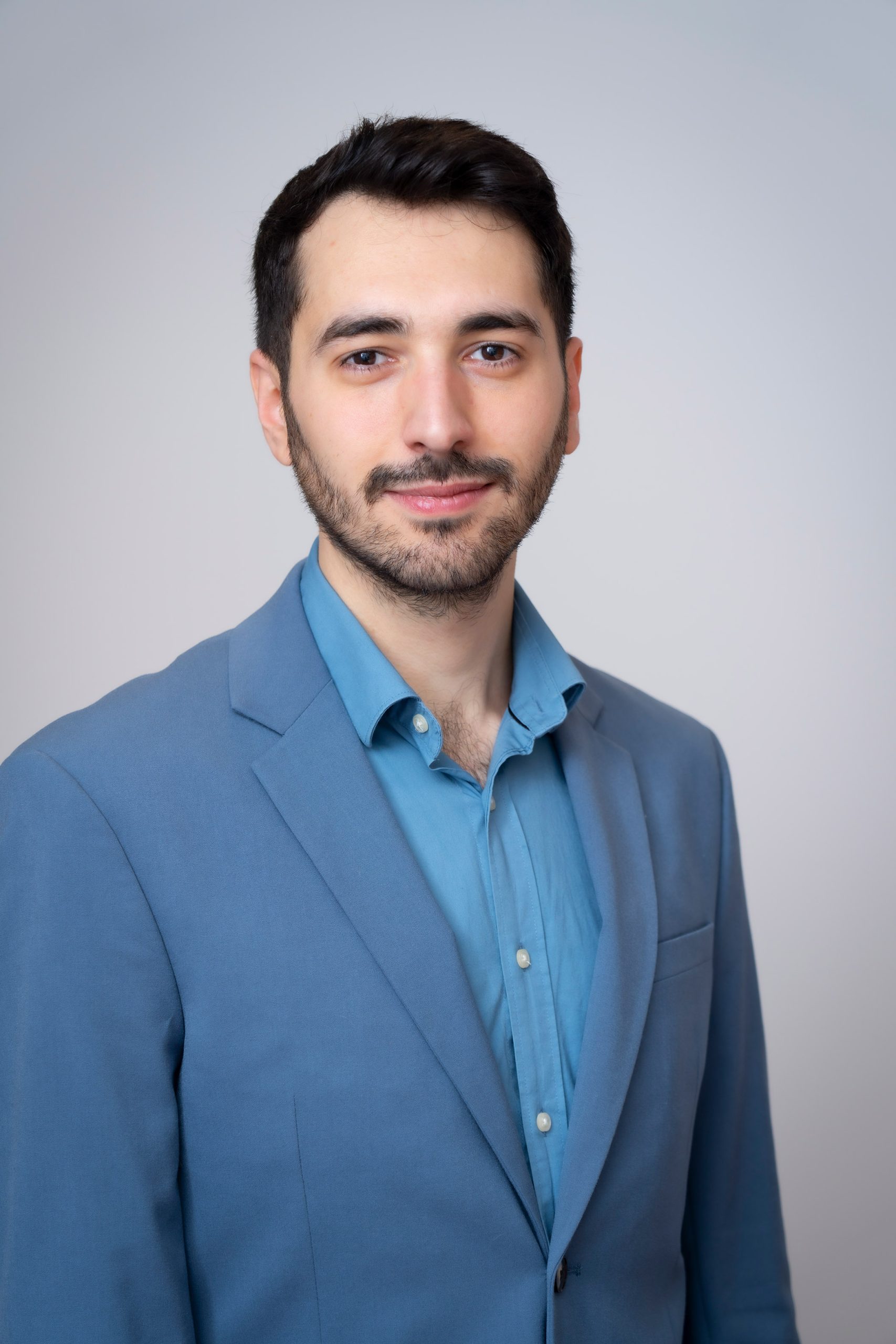
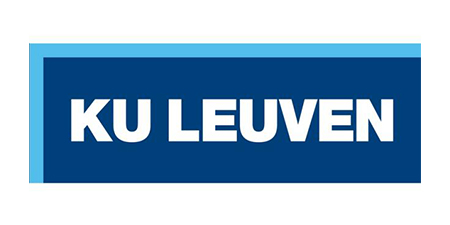
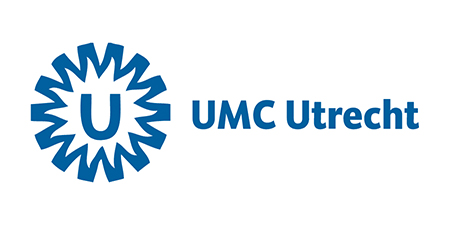
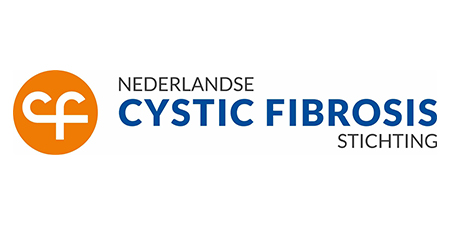
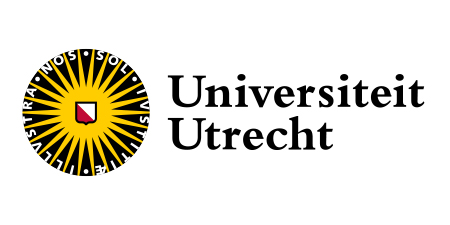
My PhD goals: Upon completion of my PhD, I expect to have furthered my quantitative and qualitative skills, deepened my understanding of the challenges related to the approval of medicines targeting rare diseases, and identified patient-relevant clinical endpoints and the eligibility criteria for the later clinical trials.
My Background: I completed my education with a BSc in Biotechnology at the Autonomous University of Barcelona and a MSc in Drug Innovation at Utrecht University. These studies were complemented with regulatory internships at Utrecht University, the Dutch Medicines Evaluation Board, and the Access to Medicine Foundation. During my internship at Utrecht University, I explored differences on the assessments between the European Medicines Agency and European Health Technology Assessment organizations. The results of this study are currently published in the Clinical Pharmacology and Therapeutics journal. I also studied pressing issues such as uncertainty in regulatory decision-making and global market access strategies.
My research interests: Some of the research areas in which I am interested are: rare diseases, advanced therapeutical medicinal products (ATMPs), personalized medicine, clinical trial design, patient preferences, real-world data and evidence, regulatory sciences, reimbursement systems, and market access.
My hobbies: When I am not hiking or exploring new places with my bike, you can always find me cooking. I also enjoy photography, writing, and spending time with friends.
Master thesis: Agreement Between EMA and HTA Organizations About Whether Alternative Treatments Exist and Associations with Relative Effectiveness Assessments
In Europe, the European Medicines Agency (EMA) and national and regional health technology assessment (HTA) organizations discuss alternative treatments when evaluating a drug. The EMA recommends about marketing authorization whereas HTA organizations recommend about reimbursement, and disagreement about available alternative treatments may lead to confusion on the road to patient access. The study aimed to investigate this (dis)agreement. For innovative drugs approved by EMA in 2019-2021 (excluding vaccines and diagnostic tools), HTA reports from AEMPS (Spain), AIFA (Italy), HAS (France), IQWiG/G-BA (Germany), NICE (England and Wales), and ZIN (the Netherlands) were identified. Agreement between EMA and HTA organizations about the availability of alternative treatments was assessed. Associations between the absence of alternative treatments and positive relative effectiveness assessments (REA) were estimated by calculating risk ratios (RRs) with Wald 95% confidence intervals (CI). We identified 97 drugs for which 460 REAs had been performed by HTA organizations until 1 June 2022. The aggregated agreement between EMA and HTA organizations on the availability of alternative treatments was 87%. The absence of alternative treatments was associated with a higher chance of positive REAs: RRs 1.9 (95% CI 1.5-2.4). In conclusion, there was a high agreement between EMA and HTA about the availability of alternative treatments. The absence of alternative treatment in each jurisdiction seemed to be associated with more positive REAs. Further collaboration in the EU, especially the joint assessments of drugs’ effectiveness should consider the local availability of treatments.

